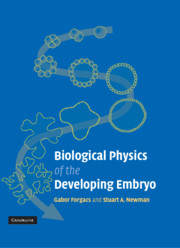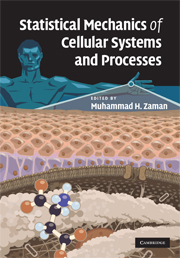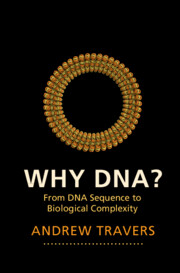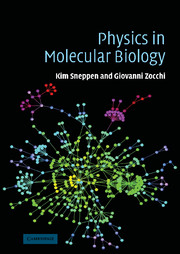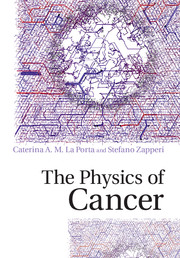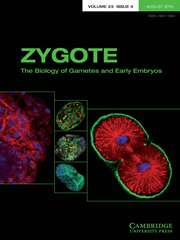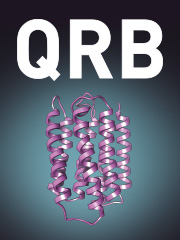Biological Physics of the Developing Embryo
During development cells and tissues undergo changes in pattern and form that employ a wider range of physical mechanisms than at any other time in an organism's life. This book shows how physics can be used to analyze these biological phenomena. Written to be accessible to both biologists and physicists, major stages and components of the biological development process are introduced and then analyzed from the viewpoint of physics. The presentation of physical models requires no mathematics beyond basic calculus. Physical concepts introduced include diffusion, viscosity and elasticity, adhesion, dynamical systems, electrical potential, percolation, fractals, reaction-diffusion systems, and cellular automata. With full-color figures throughout, this comprehensive textbook teaches biophysics by application to developmental biology and is suitable for graduate and upper-undergraduate courses in physics and biology.
- Demonstration of the power of a physics-based approach to the life sciences, accessible to both biologists and physicists
- Extensively illustrated in full-colour throughout
- Describes more than two dozen physical models of developmental biological processes
Reviews & endorsements
"There is no shortage of textbooks devoted to developmental biology, but it is remarkably rare to find any substantial treatment of physical considerations. In producing an excellent guide to the physics of developing embryos, Forgacs and Newman have therefore done the developmental biology community a great service."
Nick Monk, University of Sheffield
"Fittingly, Cambridge University Press, which published D'Arcy Thompson's book in 1917, has brought out a worthy successor to it in 2005. Indeed, one way to describe Biological Physics of the Developing Embryo is to say that it is an extension of D'Arcy Thompson's great work...Students with a background in physics, chemistry or mathematics, and an interest in biological problems, will benefit greatly from this book, which can serve as an excellent text for a course in developmental biology. Forgacs and Newman have assimilated much from a vast and diverse literature."
Current Science, Vidyanand Nanjundiah, Indian Institute of Science
Product details
December 2005Hardback
9780521783378
346 pages
252 × 195 × 22 mm
0.928kg
110 colour illus.
Available
Table of Contents
- Introduction
- 1. The cell: fundamental unit of developmental systems
- 2. Cleavage and blastula formation
- 3. Cell states: stability, oscillation, differentiation
- 4. Cell adhesion, compartmentalization and lumen formation
- 5. Epithelial morphogenesis: gastrulation and neurulation
- 6. Mesenchymal morphogenesis
- 7. Pattern formation: segmentation, axes and asymmetry
- 8. Organogenesis
- 9. Fertilization: generating one living dynamical system from two
- 10. Evolution of developmental mechanisms
- Glossary
- References
- Index.

